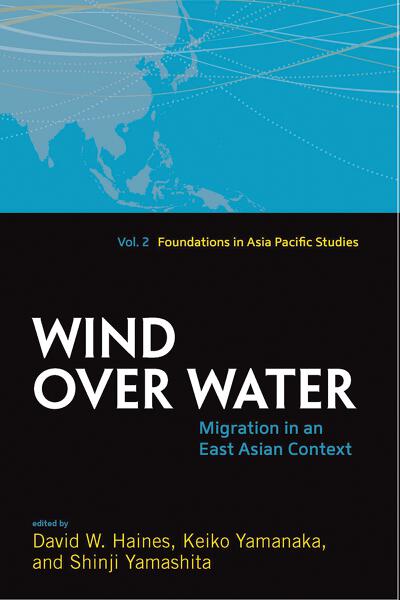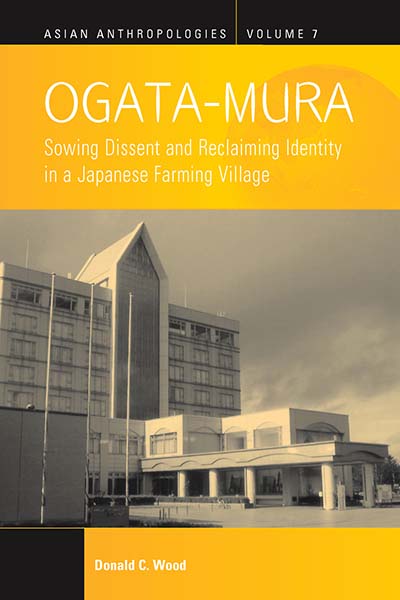Territorial Revisionism and the Allies of Germany in the Second World War: Goals, Expectations, Practices is a collection of essays edited by Marina Cattaruzza, Stefan Dyroff, and Dieter Langewiesche, and published by Berghahn Books in December 2012. In this blog post, the editors explain how the collection sheds new light on our understanding of Germany’s European allies during the Second World War.
 Until now, research on the Second World War in Europe has focused on two main areas: on the one hand, the individual countries, and on the other, the two big “blocs”: the Allies and the Axis Powers. On the part of the Allies, historians made the point very early that states with different political systems and values managed to cooperate temporarily while still striving to achieve their respective goals. Awareness of this was heightened by the sudden shift from the partnerships in the Second World War, to the reality of the Cold War between previous allies the United States and the Soviet Union and the East/West division of the European continent by the Iron Curtain.
Until now, research on the Second World War in Europe has focused on two main areas: on the one hand, the individual countries, and on the other, the two big “blocs”: the Allies and the Axis Powers. On the part of the Allies, historians made the point very early that states with different political systems and values managed to cooperate temporarily while still striving to achieve their respective goals. Awareness of this was heightened by the sudden shift from the partnerships in the Second World War, to the reality of the Cold War between previous allies the United States and the Soviet Union and the East/West division of the European continent by the Iron Curtain.
Continue reading “New Perspectives on World War II and Central Europe”


 Wind over Water grew out of a concern to see East Asia – and East Asian scholars – better represented in the literature on contemporary human migration. Perhaps its most important purpose has been to show the full range and import of migration in East Asia rather than attempt any particular theoretical or policy argument. Thus the volume ranges, as the back cover blurb will tell you, “from Korean bar hostesses in Osaka to African entrepreneurs in Hong Kong, from Vietnamese women seeking husbands across the Chinese border to Pakistani Muslim men marrying women in Japan, from short-term business travelers in China to long-term tourists from Japan who ultimately decide to retire overseas.” While there are limitations to this kind of inclusive approach, it has the decided advantage of forcing a consideration of East Asia migration in its entirety: whether short-term or long-term, whether internal or across national borders, whether for economic or social purposes. Furthermore, it does so for countries that are closely linked politically and culturally but divided quite sharply between those with already rather well-developed economies, like Japan and South Korea, and those with still developing ones, such as China and Vietnam.
Wind over Water grew out of a concern to see East Asia – and East Asian scholars – better represented in the literature on contemporary human migration. Perhaps its most important purpose has been to show the full range and import of migration in East Asia rather than attempt any particular theoretical or policy argument. Thus the volume ranges, as the back cover blurb will tell you, “from Korean bar hostesses in Osaka to African entrepreneurs in Hong Kong, from Vietnamese women seeking husbands across the Chinese border to Pakistani Muslim men marrying women in Japan, from short-term business travelers in China to long-term tourists from Japan who ultimately decide to retire overseas.” While there are limitations to this kind of inclusive approach, it has the decided advantage of forcing a consideration of East Asia migration in its entirety: whether short-term or long-term, whether internal or across national borders, whether for economic or social purposes. Furthermore, it does so for countries that are closely linked politically and culturally but divided quite sharply between those with already rather well-developed economies, like Japan and South Korea, and those with still developing ones, such as China and Vietnam. As should any item or idea in which its creator has invested more than fifteen years, this book very strongly reflects my own life course and concerns. Having cut my teeth on the canon of English language anthropological studies of Japanese farming villages as an undergraduate student, but then having trouble reconciling what I experienced in Ogata-mura in 1995–1996 with what I had previously encountered in this body of literature, I came to want to make my own contribution to the study of Japanese farming villages in the twentieth (and twenty-first) century, but in my own way. As an anthropologist who earned post–graduate degrees in both the USA and Japan, I have attempted to marry the respective ethnological traditions of these two countries, while aiming for a broad audience of social scientists and students of Japan and its society.
As should any item or idea in which its creator has invested more than fifteen years, this book very strongly reflects my own life course and concerns. Having cut my teeth on the canon of English language anthropological studies of Japanese farming villages as an undergraduate student, but then having trouble reconciling what I experienced in Ogata-mura in 1995–1996 with what I had previously encountered in this body of literature, I came to want to make my own contribution to the study of Japanese farming villages in the twentieth (and twenty-first) century, but in my own way. As an anthropologist who earned post–graduate degrees in both the USA and Japan, I have attempted to marry the respective ethnological traditions of these two countries, while aiming for a broad audience of social scientists and students of Japan and its society.
